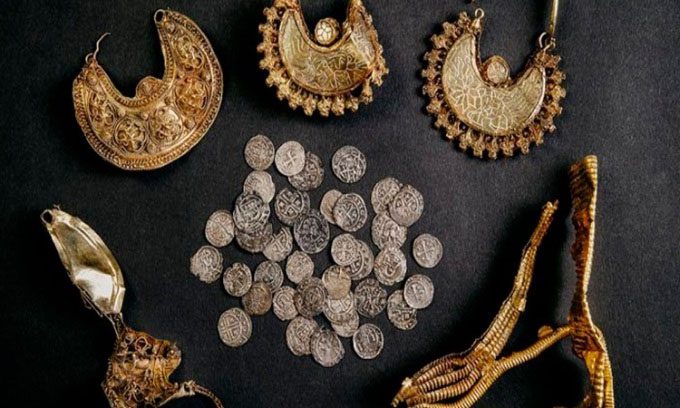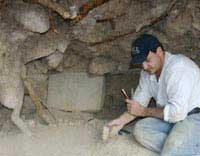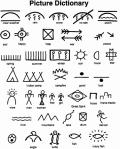A gold digger has discovered a priceless treasure consisting of four gold jewelry pieces resembling earrings, two gold leaves, and 39 silver coins in a field.
The treasure includes gold and silver jewelry and coins, some dating back at least 1,000 years, which are now on display at the Rijksmuseum Van Oudheden (RMO) in Leiden, Netherlands, Dutch News reported on March 9. The jewelry was crafted in the first half of the 11th century, while the coins were minted in the 13th century, indicating that a collector living in the 1200s or later likely buried these valuable items.

Lorenzo Ruijter discovered the medieval treasure in a field. (Photo: RMO)
The artifacts were not found by an archaeologist but by a 27-year-old historian and metal detectorist named Lorenzo Ruijter. In 2021, Ruijter participated in a treasure-hunting expedition near the town of Hoogwoud, located in the West Frisian region of northwestern Netherlands. After his metal detector emitted a series of signals, he began digging and quickly unearthed the rare artifacts. According to Annemarieke Willemsen, the manager of the Medieval gallery at RMO, the earrings hold international significance, demonstrating that the people of North Holland had extensive contacts around the year 1000.
Four pieces of crescent-shaped jewelry were crafted from 18-carat gold. The attached hooks suggest they were worn on the body or clothing. One of the jewelry pieces was severely damaged, likely due to a farmer’s plow in the field where the treasure was found. However, the remaining items are mostly intact, including one piece carved with the image of a man surrounded by rays of sunlight. Two of the jewelry pieces, including the damaged one, are decorated with rose motifs made from twisted strands. The final jewelry piece is also engraved, but the research team has yet to determine its content and significance.
According to the RMO museum, the gold jewelry is particularly rare. Only three similar items have ever been found in excavations in the Netherlands. Researchers speculate that the two gold leaves may belong to the same hair ornament.
The 39 small silver coins were primarily minted in three districts in medieval Netherlands: Guelders, Cleves, and Holland. Many fabric fibers were found mixed among the coins, indicating they were inside a fabric pouch. Ruijter associates the gold and silver artifacts he unearthed with the Ottoman period, an empire that spanned much of Western and Northern Europe during the 10th and 11th centuries.





















































